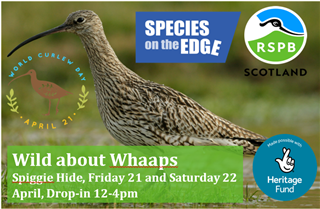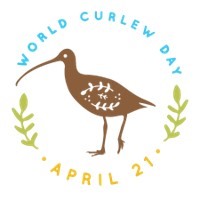
Join us in going Wild about Whaaps on World Curlew Day
Friday 21 and Saturday 22 April, World Curlew Day Drop-In Event 12-4pm
The evocative burbling cry of the Curlew, affectionately known as Whaap here in Shetland, is sadly commonplace in few places in the UK, and the fact of its familiarity in Shetland is something to be celebrated.
 Curlews are not the only special species for which Shetland is a refuge, and this has…
Curlews are not the only special species for which Shetland is a refuge, and this has…